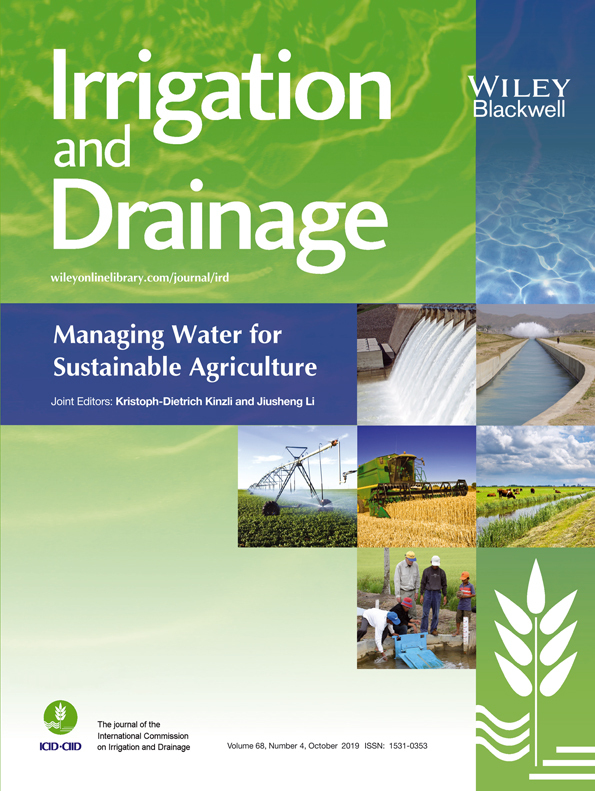A REGULATION ALGORITHM FOR AUTOMATIC CONTROL OF CANAL SYSTEMS UNDER EMERGENCY CONDITIONS†
Abstract
enNormally, an automatic control algorithm will fail in the case of an urgent great flow change for the characteristic parameters of canal pools which may differ a lot when the flow rate changes greatly, and consequently cause a high water level and overflow. In this study, we propose a two-stage control method based on the accurate hydraulic simulation of a multi-pool canal system, which consists of the optimization of gate closing times and real-time volume regulation. In the first stage, gate closing times are optimized based on the hydraulic simulation to reduce the increase of water level during the closing of gates. In the second stage, the gates are operated according to the difference between the real-time and target volume so that the water level can remain stable at the pre-set target point. The results show that this method can reduce the increase in water level and steady time compared with the PIF control method. © 2019 John Wiley & Sons, Ltd.
Résumé
frNormalement, un algorithme de contrôle automatique échouera en cas d'urgence pour les paramètres caractéristiques d'un bassin qui peuvent être très différentes lorsque le débit change de manière importante, entraînant par conséquent un niveau d'eau élevé et un débordement. Dans cette étude, nous proposons une méthode de contrôle en deux étapes basée sur la simulation hydraulique précise d'un système de canaux à plusieurs bassins, consistant en une optimisation des temps de fermeture des vannes et une régulation du volume en temps réel. Lors de la première étape, les temps de fermeture des portes sont optimisés sur la base de la simulation hydraulique afin de réduire l'augmentation du niveau d'eau lors de la fermeture des portes. À la deuxième étape, les barrières sont exploitées en fonction de la différence entre le volume en temps réel et le volume cible, de sorte que le niveau d'eau puisse rester stable au point cible prédéfini. Les résultats montrent que cette méthode peut réduire l'augmentation du niveau d'eau et du temps de stabilisation par rapport à la méthode de contrôle PIF. © 2019 John Wiley & Sons, Ltd.




